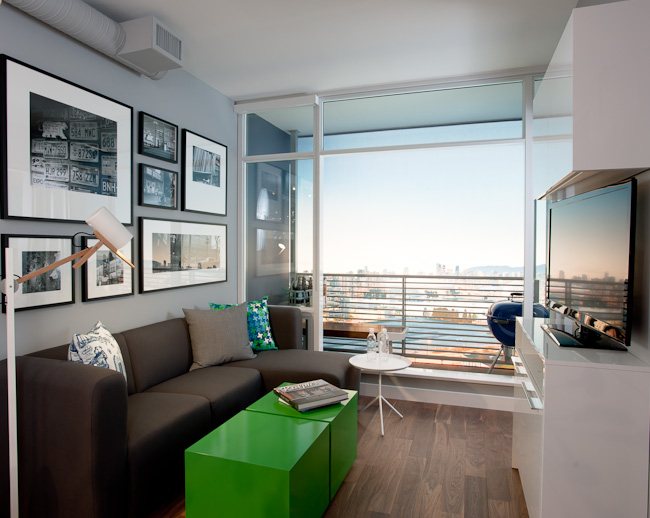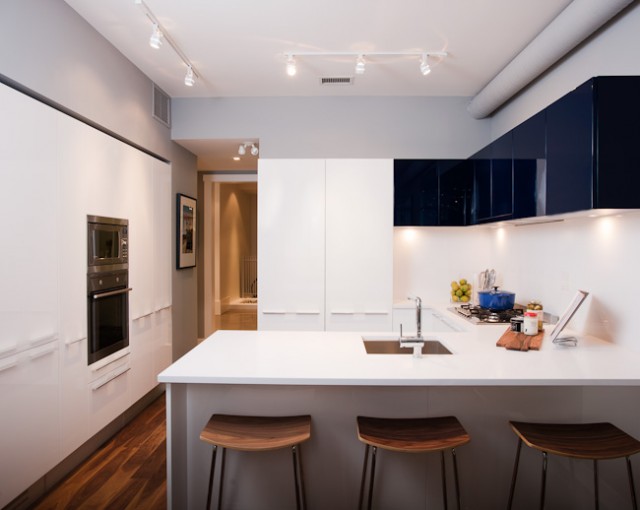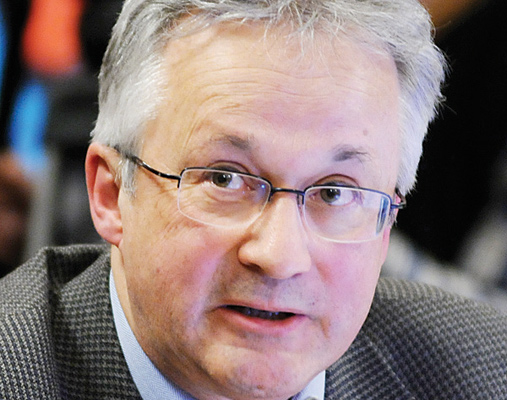Other




Since opening this spring, Meccanica has seen tremendous success in the Southeast False Creek community. The Cressey brand name which has become synonymous with superior design and quality construction of course plays an important role as does this brand new, extraordinary, transportation oriented community but really, the true success of Meccanica has come from the design.
We get people everyday who are extremely excited about the level of design that we offer at Meccanica that they just don’t get elsewhere.” says Hani Lammam, Vice President of Development and Acquisitions at Cressey Development Group.” We spent a great deal of time with our architect and interior design team to go over every detail of every home to ensure maximum utility and storage with clean contemporary lines for a truly unique feel.”
The Cressey Kitchen philosophy embraces thoughtful design where every millimeter counts. “Our walk-through style kitchen allows for a Chef’s wall making the kitchen much larger than in other typical condos and gives your home a high-end and custom built-in look” reports Lammam. “Our appliances are integrated to keep things clean and sleek and of course we have included all of the bells and whistles our buyers have come to expect from us with clever storage details throughout, stone countertops and backsplashes, under cabinet lighting, soft-close details, high-end appliances, gorgeous fixtures – and that’s just in the kitchen.” Meccanica also includes air conditioning, a custom entertainment built-in, extra ceiling height, and a custom large aluminum sliding door. What’s even more unique are some of the customizing features including 6 cabinet colour options to choose from as well as a host of other items to personalize each home.
Meccanica is named after Intermeccanica, a master replica-Porsche builder who has operated on the same site for over 30 years. “As Intermeccanica and the Porsche brands are all about high design, we felt it only right to assume this same philosophy when designing Meccanica. Ultimately, we are very pleased with the outcome and buyers have told us how excited they are to buy into a new community with this level of design, at this affordable a price in this extraordinary Southeast False Creek location.” Lammam explains.
Esther Tien Chan, a Vancouver real estate agent adds that her buyers tend to gravitate to modern, well-serviced developments built around transport links.
“Today’s buyer is looking for high-end, modern projects in close proximity to major transportation routes and amenities – it’s what they’re accustomed to,” says Tien. Meccanica offered the perfect fit for her sophisticated buyers who saw longterm value whether planning to live at Meccanica or renting it out.
The Meccanica Showroom is open everyday from 12-5pm except Fridays at 104 E 1st Avenue, Vancouver at Quebec. Call 604.876.8819 or visit www.meccanicabycressey.com for more information. Homes from $389,900.





